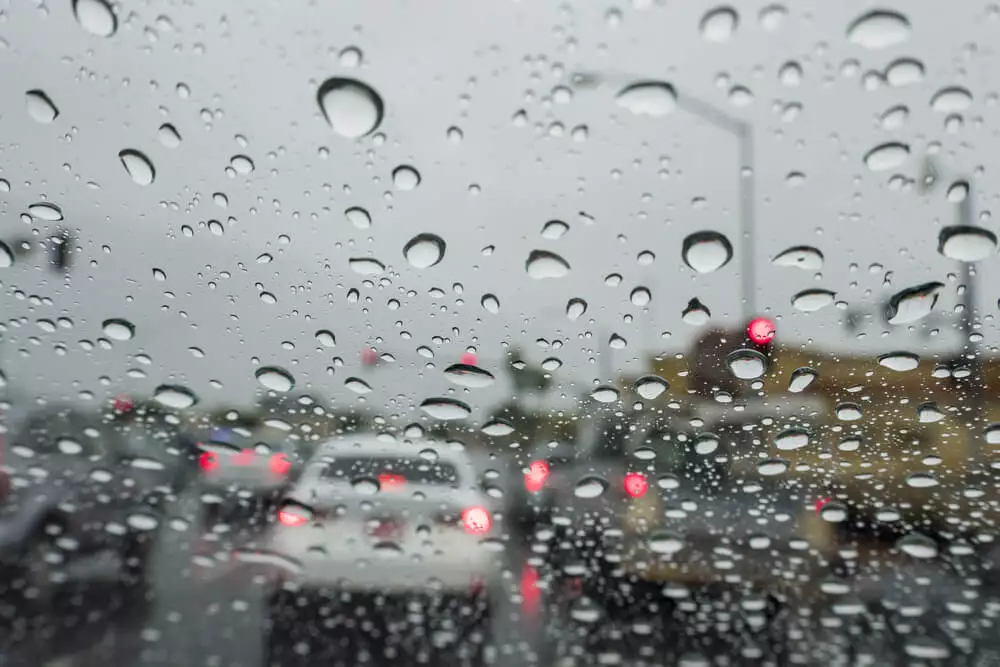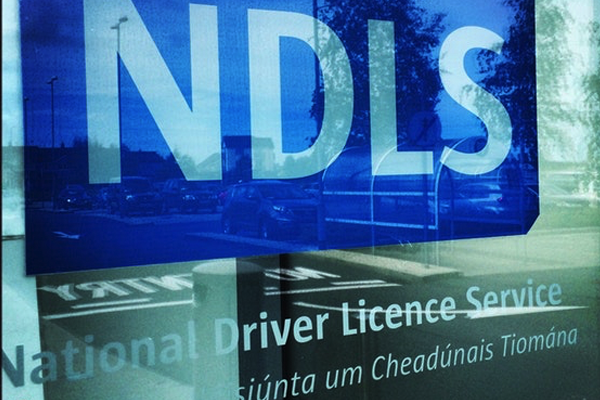Wet Weather Driving
First and foremost: slow down! It takes longer to stop or adjust in wet weather. Stay toward the middle lanes – water tends to pool in the outside lanes. Maintain proper following distance (3 Second Rule). This needs to be increased in wet weather. Drive in the tracks of a car ahead of you.
Don’t follow large trucks or buses too closely. The spray created by their large tires reduces your vision. Take care when passing them as well; if you must pass, do so quickly and safely. Be more alert when driving in wet or slippery conditions. Watch out for brake lights in front of you. Avoid using your brakes; if possible, take your foot off the accelerator to slow down. Turn your headlights on even in a light rain, or in gloomy, foggy or overcast conditions. Not only do they help you see the road, but they’ll help other drivers see you. If your car has daytime running lights you still should put them on, so vehicles behind you can see you better. Before it starts to rain, replace old or brittle wipers.
Avoid off-road driving: it’s hard to judge the actual depth of puddles and you can easily become stuck, even in a 4WD. Never drive beyond the limits of visibility. At night rainy roads become especially treacherous. The glare of oncoming lights, amplified by the rain on your windscreen, can cause temporary loss of visibility while substantially increasing driver fatigue. In rainy conditions pedestrians, livestock, and wildlife are extremely hard to spot and even harder to avoid. Never drive through moving water if you can’t see the ground through it; your car could be swept off the road. When driving through a puddle of uncertain depth, go slow. If it’s deeper than the bottom of your doors, turn around and find another route. Deep water can cause serious damage to a modern car’s electrical system.
Avoid splashing pedestrians. If possible, stay off the road during heavy thunderstorms. Large flashes of lightning can temporarily blind and disorient drivers, and the accompanying high winds and heavy rain can create deadly driving conditions. Slow down! This should be obvious but it also very important. People are so used to driving certain speeds on certain roads that sometimes they forget the need to slow down when inclement weather presents itself.





